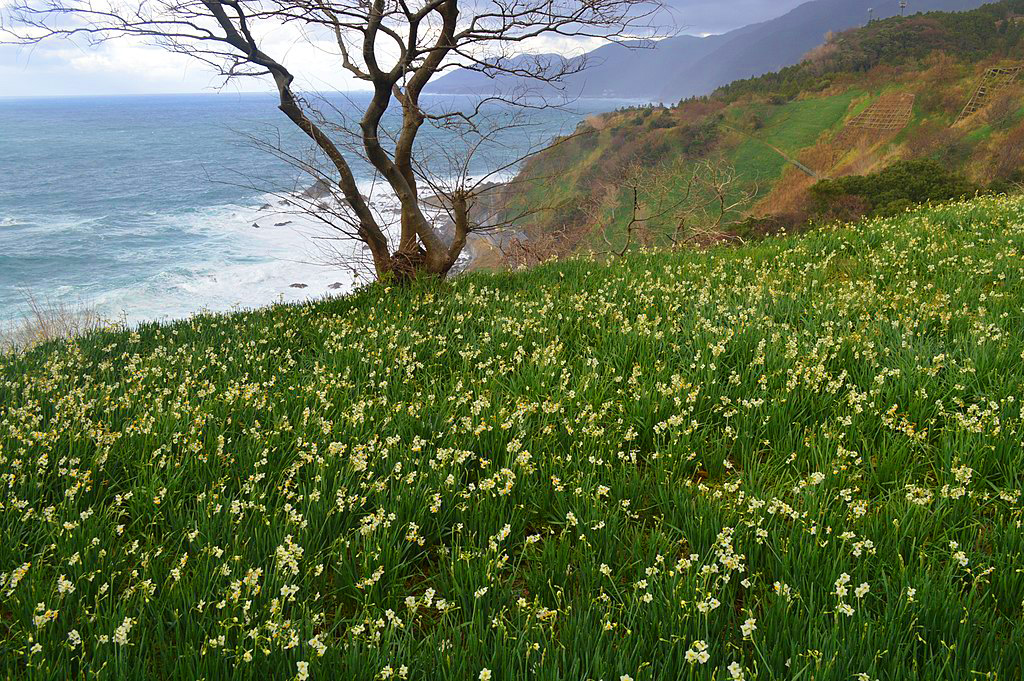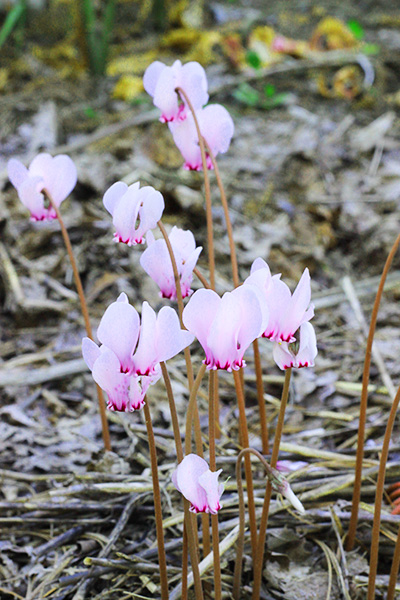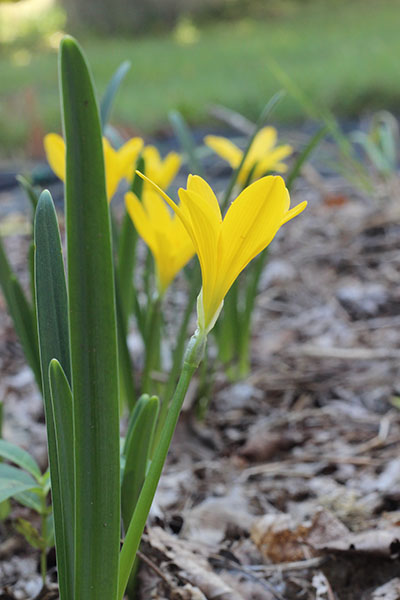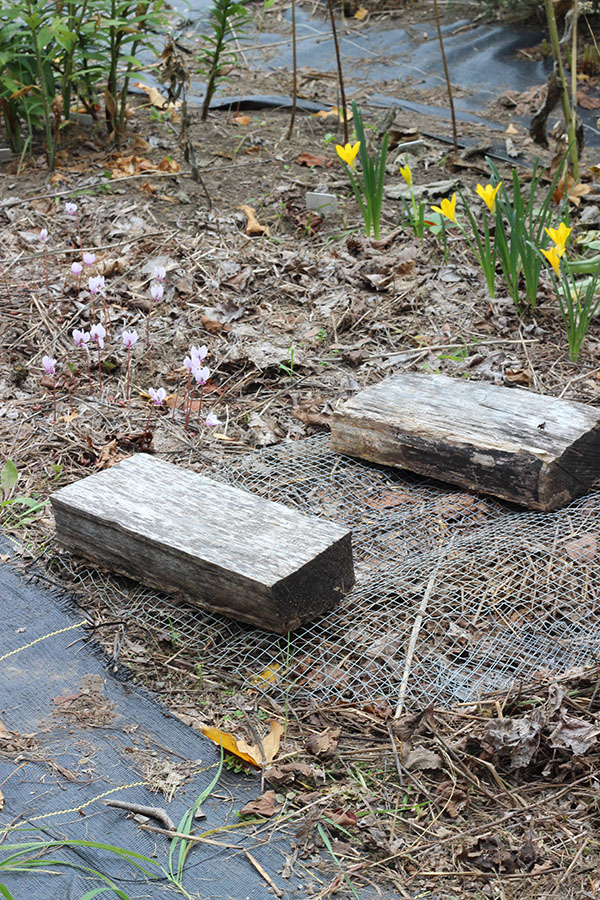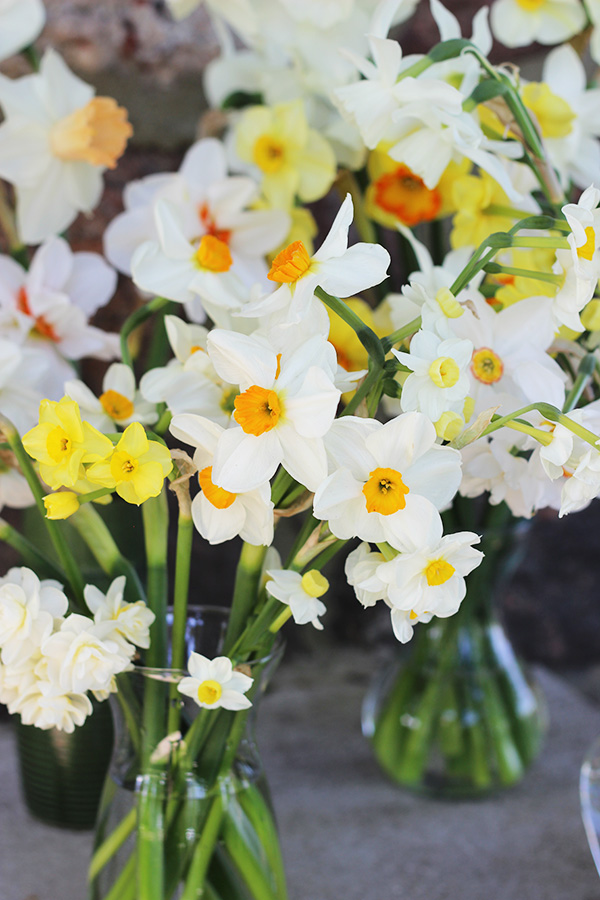
This rapturous essay about bulbs was written in 1917 by Mary Fanton Roberts, founder of The Touchstone magazine and former editor of Gustav Stickley’s influential The Craftsman. Although by modern standards her writing may seem overwrought, we think you’ll find a lot of truth in it:
“When October, trailing her radiant robes of purple and gold, visits the earth, all good gardeners know that the climax of their gardens’ beauty has been reached and that they must begin at once the joyous task of preparing for next year’s procession of flowers. . . .
“This is indeed a happy month for people with creative imagination, for through the mystic October haze, they see faintly, as in a vision, the tender colors of their spring garden. It is natural for gardeners to believe in immortality, for in the midst of flower death they see life patiently brooding. Good gardeners also are always young in spirit, for their minds are fixed on spring when others feel only the bitter sting of winter.
“October is the month when the bulbs – “Children of Spring” – must be put to sleep so that they may awake early and tell the peoples of the earth that spring has arrived. ‘Ere man is aware that the spring is here, the flowers have found it out,’ is an old Chinese saying that holds a truth. We have little faith in a calendar prophesy but we believe the report of the gladsome crocus and the pale, wan snowdrop. The lovely azure glory-of-the-snow bids us look up to the blue skies of spring, and the joyful blaze of tulips warms our hearts torpid from winter’s cold into new faith. It seems to garden lovers that there is magic power in the breath of the first bulbs that drives away icy winter – something like the power in the cross that deprives the Prince of Evil of his strength.
“The butterfly winging its rapturous way from its dull grub state is no more marvelous a transfiguration than a daffodil’s unfurling from its dull bulb prison. The flight of the blue bird across a garden is a wonderful thing; so also is the rush of blue scillas along the garden path. Swallows come not more swiftly than the crocus, and the star of Bethlehem leads the way to new hope. The pure white fritillaria is like a sweet memory of snow, while the beautiful muscari dots the grass, a forerunner of summer skies.”





